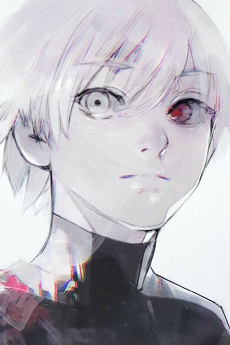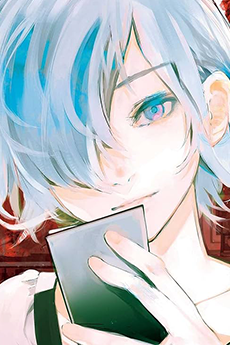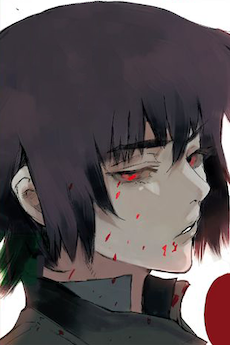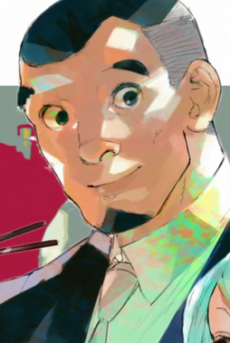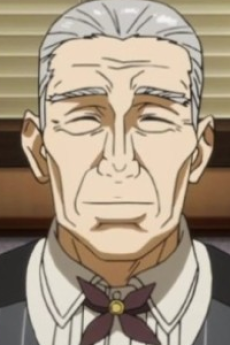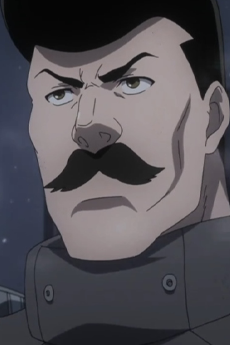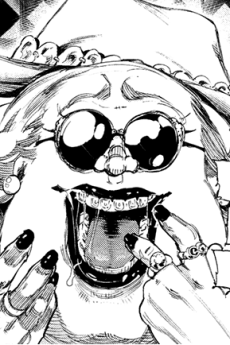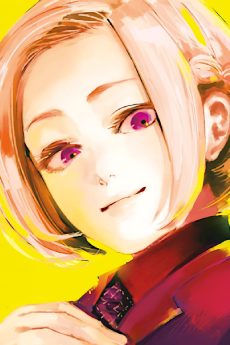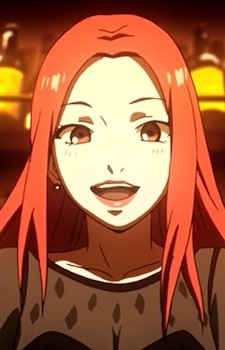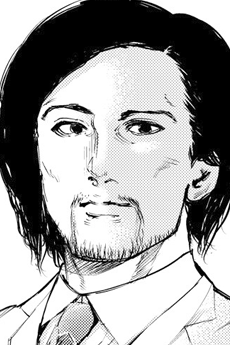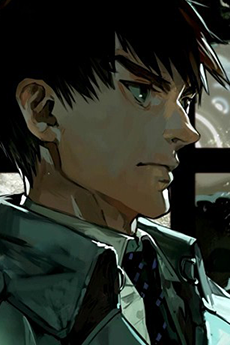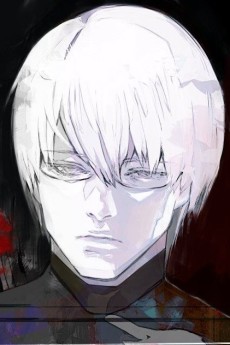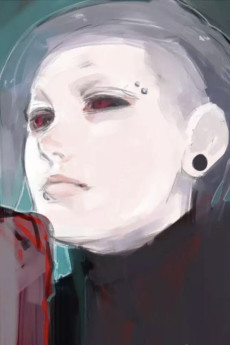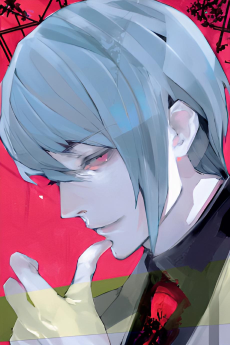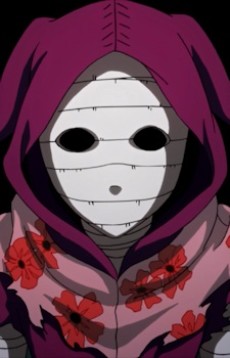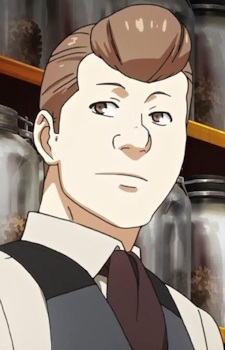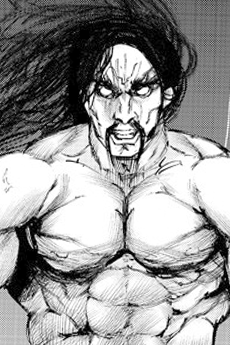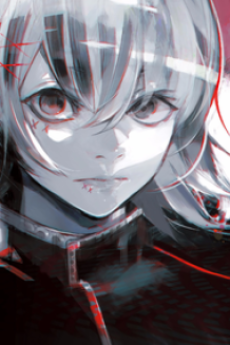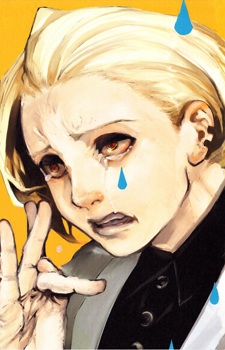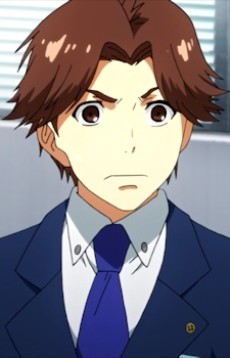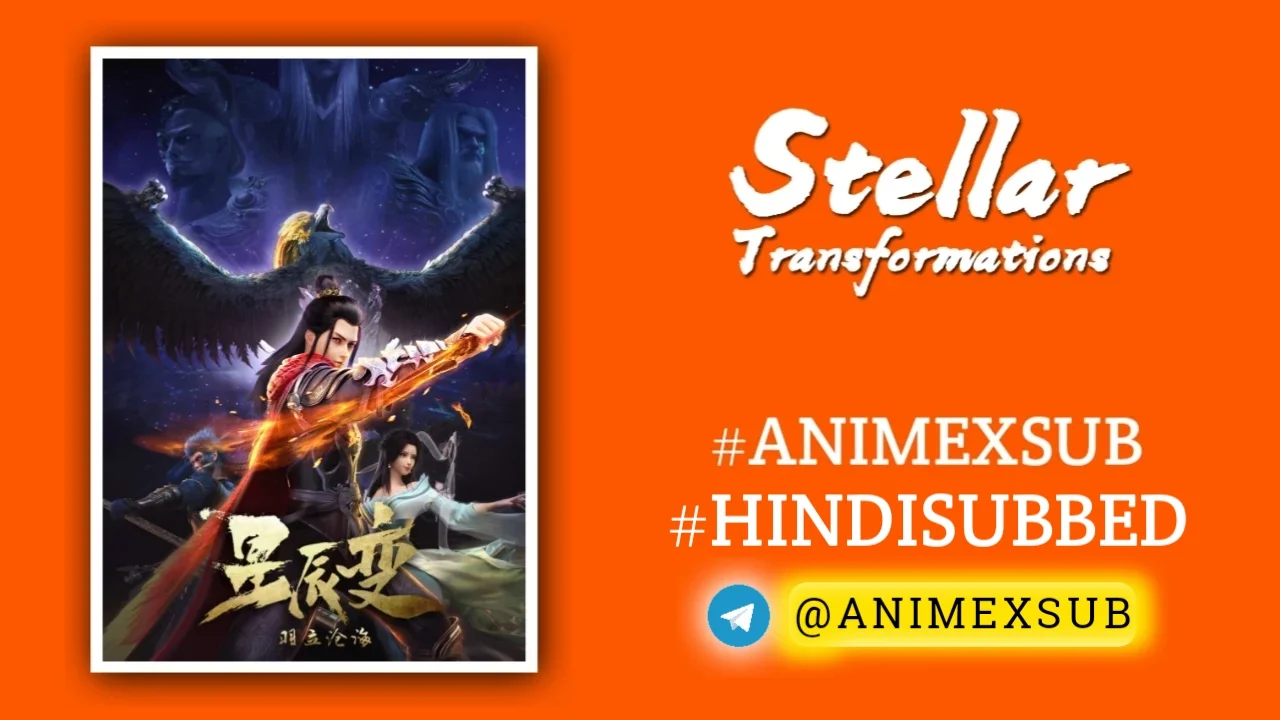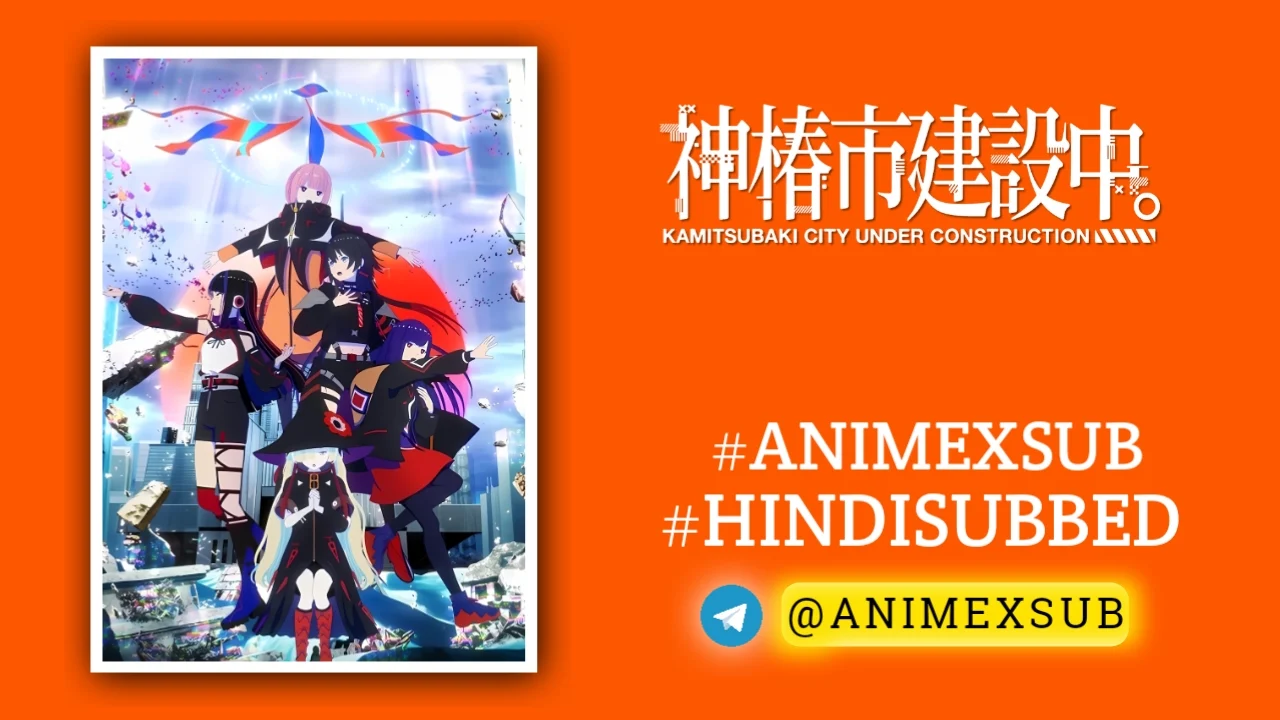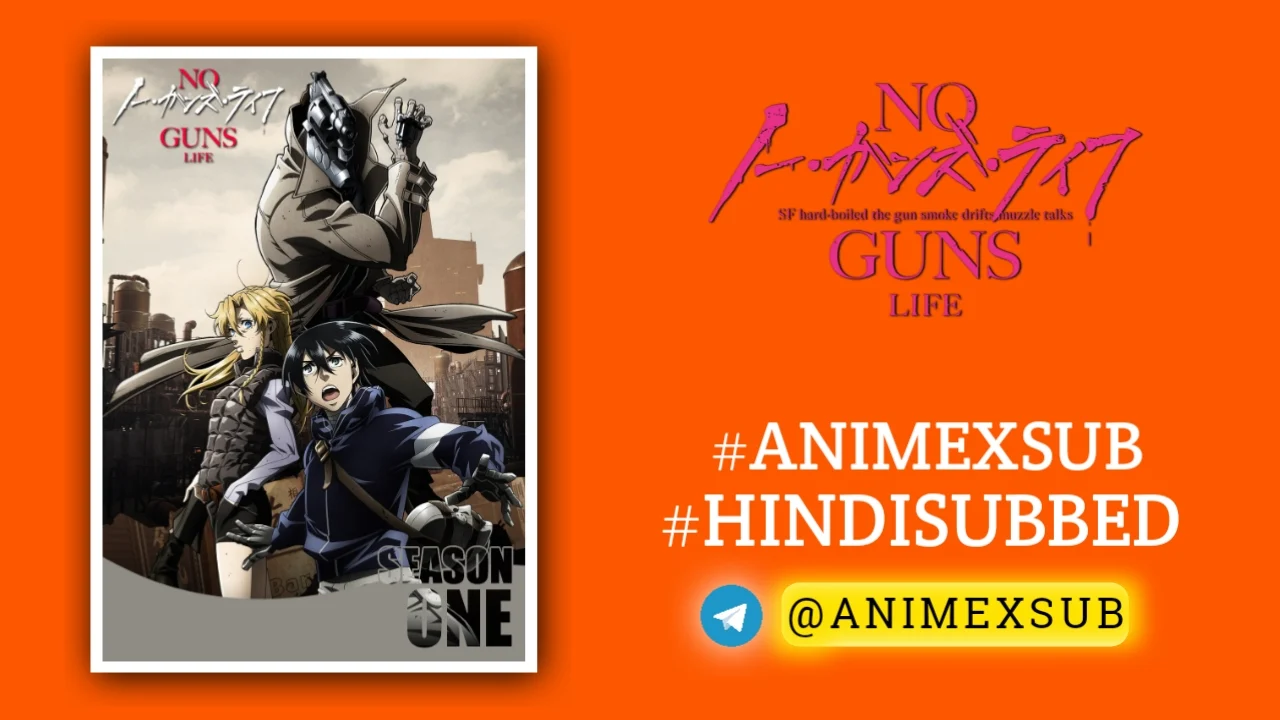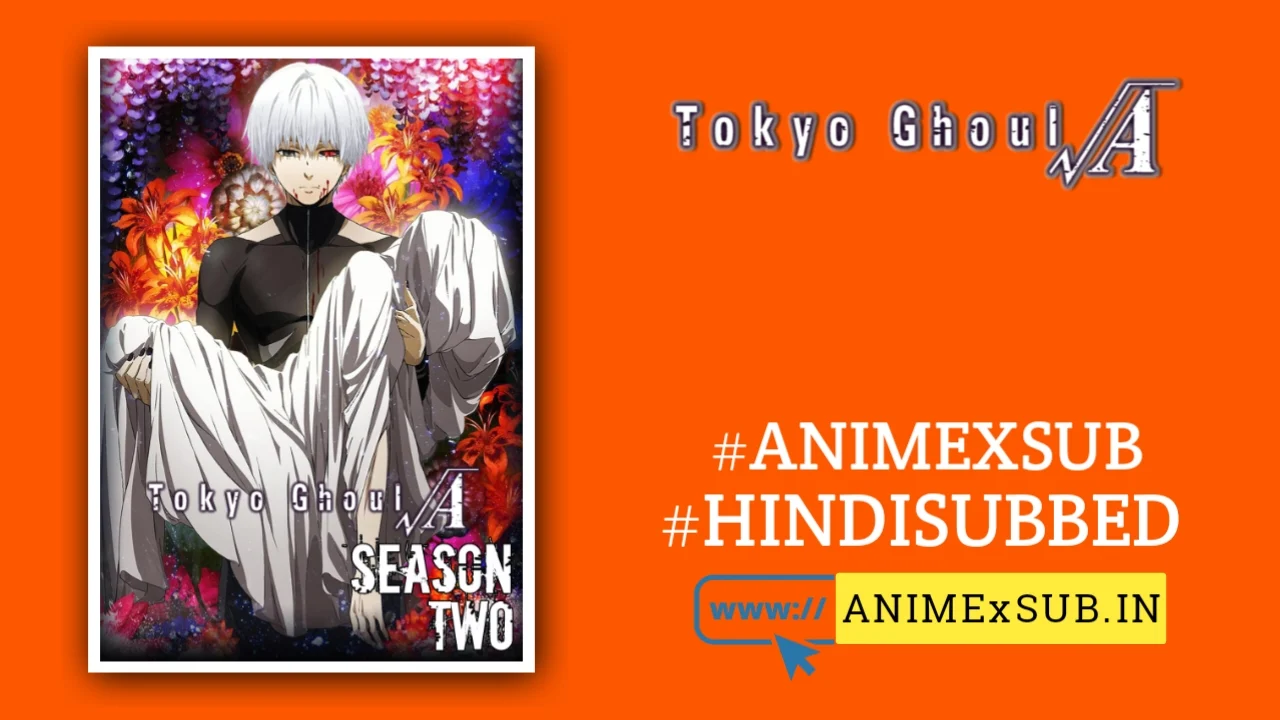
Tokyo Ghoul Season 2 Hindi Subbed [12/12] {Complete}

Tokyo Ghoul √A
Tokyo Ghoul √ASynopsis
The second season of Tokyo Ghoul.The ghouls of Anteiku invaded the Aogiri's site in order to rescue Ken Kaneki who is being tortured. Due to provocation, he unleashed greater power enough to defeat Yamori. To become stronger, he decided to join Aogiri and left Anteiku. Ghoul investigators also making their moves by collecting information about the eye-patched ghoul - Ken Kaneki.(Source: Anime News Network)
Characters
Tokyo Ghoul √A: A Deep Dive into the Ambitious, Flawed, and Haunting Second Season
Tokyo Ghoul √A, the second season of the anime adaptation of Sui Ishida’s dark fantasy manga, is a polarizing chapter in the franchise’s history. Airing in 2015, it diverges significantly from the source material, crafting an original storyline that attempts to carve its own path while staying tethered to the essence of Tokyo Ghoul. This article explores the season’s narrative choices, thematic depth, character arcs, animation, and sound design, offering a fresh perspective on its strengths, shortcomings, and lasting impact. Far from a promotional puff piece, this is an unfiltered examination of a season that dares to be different, for better or worse.
A Bold Departure from the Manga
Tokyo Ghoul √A picks up after the harrowing events of the first season, where Ken Kaneki, a college student turned half-ghoul, grapples with his dual identity in a world divided between humans and flesh-eating ghouls. Unlike the first season, which closely followed the manga, √A—directed by Shuhei Morita and produced by Studio Pierrot—takes a daring leap into uncharted territory. Under Sui Ishida’s supervision, the season presents an alternate storyline where Kaneki joins Aogiri Tree, the militant ghoul organization, rather than forging his own path as in the manga.
This divergence is both the season’s greatest strength and its most divisive flaw. By aligning Kaneki with Aogiri, √A explores a darker, more nihilistic side of his character, emphasizing his descent into despair and moral ambiguity. The choice reflects Ishida’s apparent desire to experiment with Kaneki’s psyche, pushing him into a world of violence and ideological conflict. However, this shift alienates fans expecting fidelity to the manga’s Tokyo Ghoul: Jack and early Tokyo Ghoul:re arcs, which focus on Kaneki’s leadership and resistance against Aogiri. The result is a season that feels like a parallel universe, intriguing in its audacity but inconsistent in execution.
Narrative and Themes: A Fractured Mirror
√A centers on Kaneki’s integration into Aogiri Tree, where he navigates the group’s brutal hierarchy and confronts his own fractured identity. The season delves into themes of belonging, sacrifice, and the cyclical nature of violence, but its pacing and structure often undermine these ambitions. With only 12 episodes, √A struggles to balance Kaneki’s introspective journey with the sprawling cast and escalating conflicts, leading to a narrative that feels rushed and fragmented.
The season’s core strength lies in its exploration of Kaneki’s internal conflict. His decision to join Aogiri stems from a desire to protect his friends at Anteiku, the ghoul-friendly café, but it traps him in a moral quagmire. Scenes of Kaneki silently observing Aogiri’s atrocities—such as the massacre of innocents or the torture of captured investigators—highlight his alienation and powerlessness. These moments resonate with the manga’s existential dread, questioning whether Kaneki can retain his humanity while surrounded by monsters.
However, √A stumbles in its handling of secondary characters and subplots. Characters like Touka Kirishima, Nishiki Nishio, and Yoshimura receive minimal development, relegated to reactive roles as the conflict between Aogiri and the CCG (Commission of Counter Ghoul) intensifies. The introduction of new characters, such as Naki and Eto, feels underdeveloped, with their motivations and backstories left frustratingly vague. The season’s climax, a tragic raid on Anteiku, is emotionally potent but lacks the buildup needed to match the manga’s gut-wrenching payoff. For every haunting moment—like Kaneki carrying a fallen friend through a snowy battlefield—there’s a rushed plot point or unresolved thread that dilutes the impact.
Thematically, √A grapples with the futility of peace in a world built on mutual destruction. The CCG’s ruthless ghoul extermination mirrors Aogiri’s terrorism, suggesting that both sides perpetuate a cycle of hatred. Kaneki’s oscillation between human empathy and ghoul survival instinct underscores this, but the season’s compressed narrative prevents these ideas from fully coalescing. The result is a story that feels like a rough draft of something profound, teetering between brilliance and incoherence.
Character Arcs: Kaneki’s Descent and the Ensemble’s Neglect
Ken Kaneki remains the heart of √A, and his arc is both compelling and frustrating. His white-haired, stoic persona—born from the first season’s trauma—evolves into a near-silent antihero, driven by guilt and a desperate need to protect those he loves. His interactions with Aogiri’s leaders, like the enigmatic Eto and the sadistic Yamori, push him to confront his own capacity for violence. Yet, his lack of agency within Aogiri makes him feel more like a spectator than a protagonist at times, a stark contrast to the manga’s proactive Kaneki.
Touka, a fan-favorite, is criminally underutilized. Her struggle to balance her human life with her ghoul identity is sidelined, reducing her to a symbol of Kaneki’s lost humanity rather than a fully realized character. Similarly, characters like Hideyoshi Nagachika, Kaneki’s human best friend, are given fleeting but powerful moments that hint at untapped potential. The season’s focus on Kaneki’s isolation comes at the expense of the ensemble, leaving fans of the manga’s rich cast wanting more.
Aogiri’s members, particularly Eto and Tatara, offer glimpses of complexity but lack the depth needed to make their villainy compelling. Eto’s cryptic philosophy and Tatara’s cold pragmatism hint at larger motives, but √A doesn’t have the runtime to explore them. This makes Aogiri feel like a plot device rather than a fully realized faction, a missed opportunity to flesh out the season’s central conflict.
Animation and Art: A Visual Feast with Flaws
Studio Pierrot’s animation in √A is a mixed bag, oscillating between breathtaking and inconsistent. The season’s darker tone is reflected in its muted color palette, with stark contrasts of red and black during ghoul battles. Kaneki’s kagune (ghoul appendages) sequences are a highlight, with fluid choreography and dynamic camera angles that capture the visceral horror of ghoul combat. The raid on Anteiku, in particular, is a visual triumph, blending snow-covered landscapes with fiery destruction to create a haunting tableau.
However, budget constraints are evident in static crowd scenes and occasional off-model character designs. Some episodes suffer from rushed animation, particularly in less critical moments, which undercuts the season’s emotional weight. Compared to the first season’s polished visuals, √A feels like a step down in consistency, though its high points remain memorable.
Sound Design and Music: An Emotional Anchor
Yutaka Yamada’s soundtrack is one of √A’s undisputed strengths, elevating even its weaker moments. The haunting piano melodies and industrial percussion underscore Kaneki’s descent, while tracks like “Glassy Sky” (sung by Donna Burke) add emotional resonance to key scenes. The voice acting, particularly in the Japanese dub, is exceptional—Mamoru Miyano’s Kaneki conveys a quiet intensity, while Shuko Murase’s Eto balances menace and charisma. The English dub, while solid, struggles to match the raw emotion of the original.
Reception and Legacy: A Divisive Experiment
Upon release, √A sparked heated debate among fans. Manga readers criticized its deviation from the source material, particularly its omission of key arcs and character development. Anime-only viewers, however, found its darker tone and tragic climax compelling, if confusing. Over time, √A has gained a cult following for its bold choices and emotional highs, with some appreciating it as an alternate take on Kaneki’s story.
The season’s influence is evident in its attempt to push Tokyo Ghoul into uncharted territory, paving the way for the manga’s Tokyo Ghoul:re adaptation. However, its flaws—rushed pacing, underdeveloped characters, and narrative incoherence—highlight the risks of diverging from a beloved source. √A is neither a masterpiece nor a failure; it’s a flawed experiment that swings for the fences and occasionally connects.
Why √A Matters
Tokyo Ghoul √A is a fascinating case study in adaptation. Its willingness to take risks sets it apart from safer anime sequels, even if those risks don’t always pay off. For fans, it’s a bittersweet chapter that captures the franchise’s core themes—identity, loss, and the struggle to belong—while stumbling under its own ambition. For newcomers, it’s a dark, uneven journey that still offers moments of raw emotion and visual splendor.
Rather than a definitive verdict, √A invites reflection. It’s a season that dares to ask what Tokyo Ghoul could be outside the manga’s shadow, even if it doesn’t fully answer the question. Whether you view it as a misstep or a bold reimagining, √A remains a unique, haunting, and unforgettable part of the Tokyo Ghoul legacy.
Support Our Anime Community!
Love watching the latest anime? Help us keep uploading new episodes by join telegram channel ❤️
Join Now!